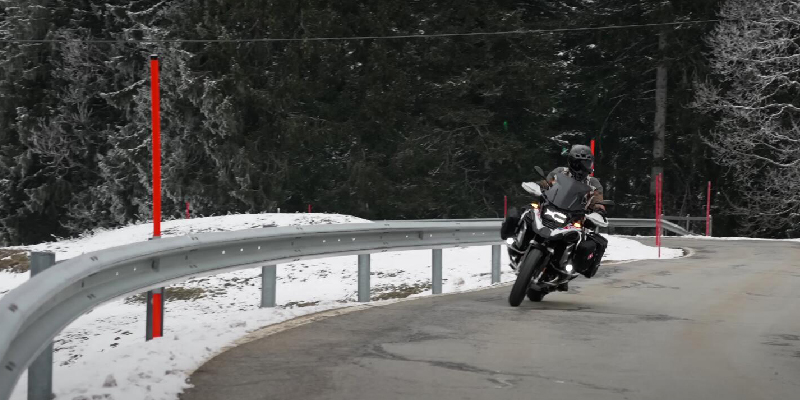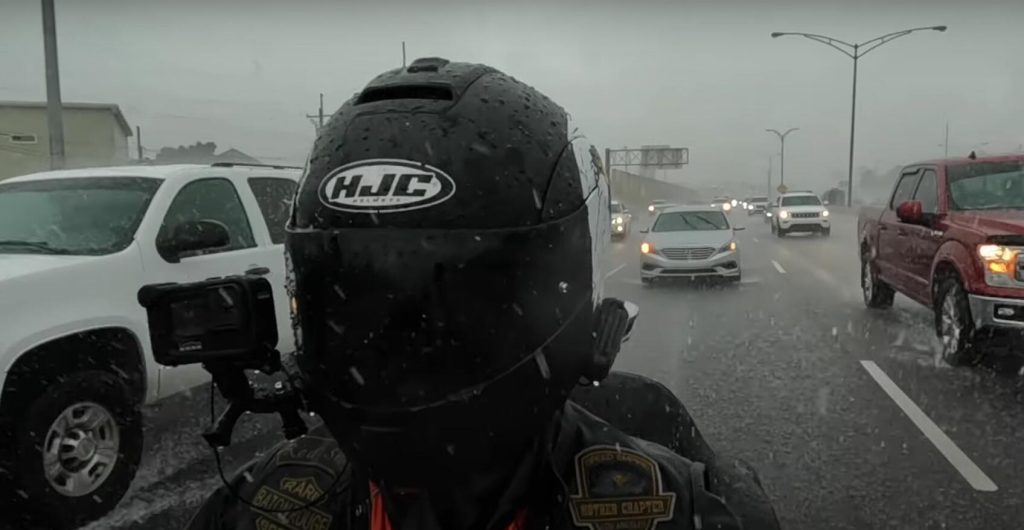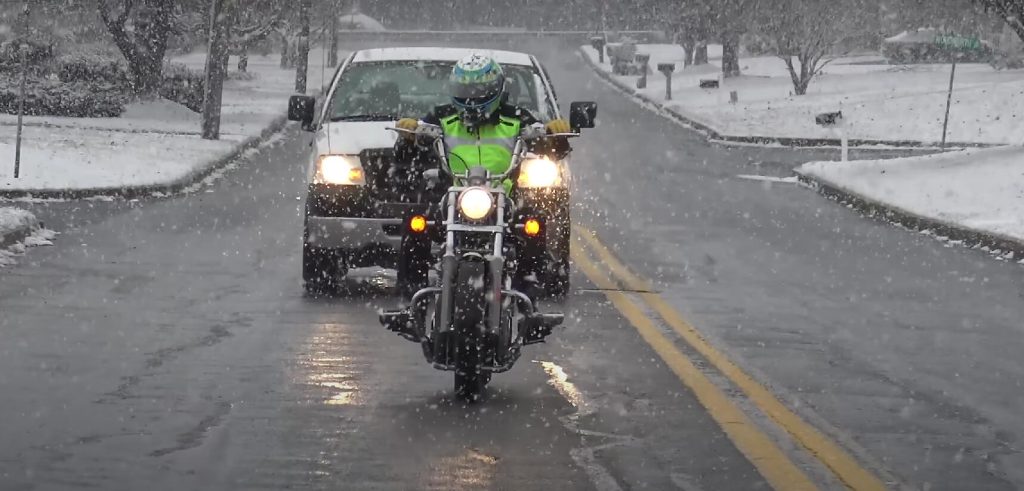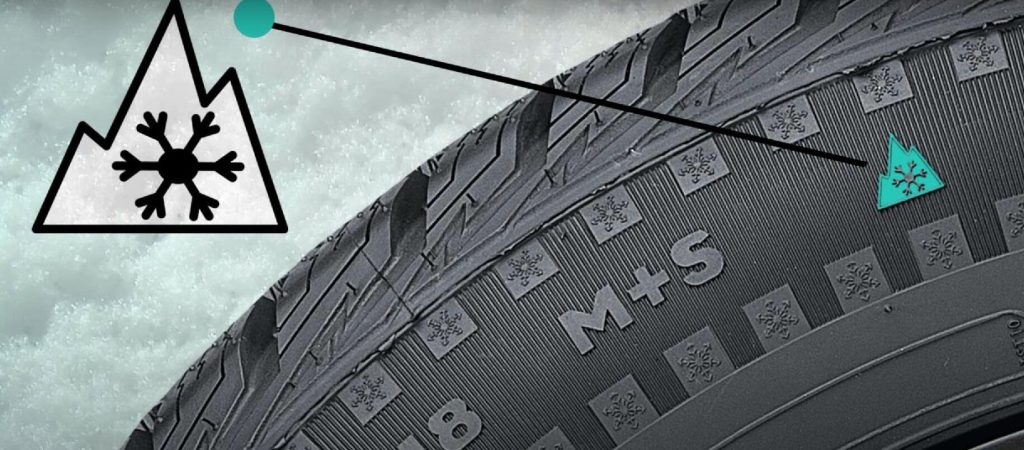
How to ride in bad weather conditions during motorcycle trips
Unlike driving in a car, driving your motorcycle in bad weather conditions is a big challenge for motorcycle riders. In most cases, riders tend to avoid driving in bad weather. However, when some unexpected cases happen, you may need to continue driving on the road.
Riding in bad weather conditions requires careful preparation, patience, and a solid understanding of how weather affects motorcycle handling.
In this article, we discuss how to ride in bad weather conditions.
Preparation
Check the Weather Forecast
Always check the weather forecast before your ride. Be aware of any potential storms, heavy rain, snow, ice, strong winds, or other adverse conditions in your area or along your route.
Plan Your Route
Consider alternative routes or delaying your trip if severe weather is expected. Avoid routes prone to flooding, landslides, or other weather-related hazards.
Motorcycle Maintenance
Ensure your motorcycle is in excellent working condition, including brakes, tires, lights, and fluids. Well-maintained brakes and tires are especially crucial in adverse conditions.
Tire Maintenance
Check tire pressure and tread depth regularly. Worn or underinflated tires can lead to reduced traction on wet or slippery surfaces.
Visibility Equipment:
Ensure all lights, including headlights, taillights, and turn signals, are in good working order. Consider adding reflective tape or gear for improved visibility.
Proper Gear
Wear appropriate riding gear for the weather. This may include a waterproof riding suit, gloves, and a full-face helmet with an anti-fog visor.
How to ride in the rain?

Smooth Riding
In wet conditions, focus on smooth and gentle inputs for braking, acceleration, and steering to avoid sudden and potentially dangerous movements.
Braking Techniques
Increase following distances and brake earlier and more gradually. Use both front and rear brakes to slow down.
Avoid Puddles
Steer clear of large puddles or standing water, as you may not know the depth, and hydroplaning is a risk.
Stay Visible
Use your headlights, even during the day, to increase visibility to other motorists. Consider wearing high-visibility gear.
Anticipate Reduced Traction
Expect reduced traction on wet surfaces, especially when turning, accelerating, or braking.
Snow and Ice Riding

Switch to Winter Tires
If you plan to ride in snowy or icy conditions, consider switching to winter tires designed for better grip in cold weather.

Reduce Speed on the icy road
Slow down significantly in icy or snowy conditions. Black ice, in particular, is nearly invisible and extremely slippery.
Avoid Sudden Brake
Be gentle with the brakes to avoid skidding. Apply the brakes smoothly and in a controlled manner.
Steer Gradually
Make gradual and gentle steering inputs, avoiding sudden movements or sharp turns.
Strong Wind Riding
Firm Grip
Maintain a firm grip on the handlebars to counteract strong gusts of wind. Keep both hands on the handlebars at all times.
Aerodynamic Position
Lean into the wind to reduce wind resistance and maintain stability.
Adjust Speed
Reduce your speed in high winds, especially when crossing bridges or open areas where wind can be stronger.
Fog and Reduced Visibility Riding
We suggest not driving if the fog is heavy, just because it’s too dangerous to have your vision blocked in the fog. If you have to continue with your road trip. Just follow the tips below.
Use Low Beam
Use low-beam headlights in foggy conditions to reduce reflection and glare.
Keep a Safe Following Distance
Increase your following distance from other vehicles to have more reaction time.
Reduce your speed
Low-speed driving can make you more safe on the road. When there are emergency accidents in front, you have adequate time to respond.
Fog Lights
If your motorcycle has fog lights, use them to improve visibility. Ensure they are adjusted correctly.
